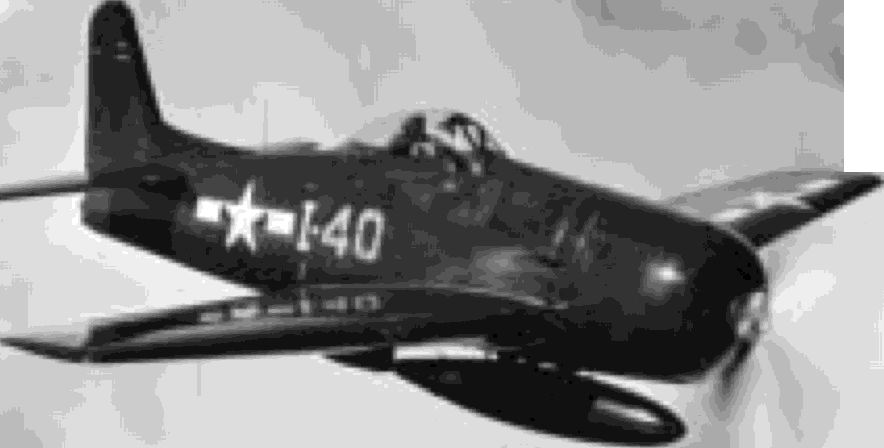
160
UNITED STATES NAVAL AVIATION
1910-1995
planes, and the Secretary of the Navy resigned in
protest. The argument raged and the whole affair
seemed out of hand as it reached the fantastic situa-
tion in which one service was publicly deciding for
another not only how its mission should be carried
out but what was needed to do it. But the whole affair
came to a halt after Congressional hearings gave the
Navy a chance to be heard and when war in Korea
provided more immediate problems and a greater
national appreciation of the necessity for adequate
military forces in an era when survival of the free
world was at stake.
1946
2 January
FAW-17 was disestablished in Japan.
26 January
The Naval Aviation Ordnance Test
Station was established at NAAS Chincoteague, Va.,
under the cognizance of the Bureau of Ordnance and
under the air station for administration and logistic
support. The establishing order also provided for the
transfer from Johnsville of all Bureau of Ordnance
guided missile test facilities and staff to operate at the
new location with a mission to perform tests and mod-
ifications as necessary to develop aviation ordnance
and guided missiles.
1 February
A major reorganization of the Bureau of
Aeronautics aligned the technical divisions into two
groups according to function, one titled Research
Development and Engineering, and the other Material
and Services. An additional Assistant Chief was estab-
lished over each group and the former Assistant Chief,
whose staff divisions were also strengthened by the
reorganization, was given the title of Deputy and
Assistant Chief.
1 March
Operation
Frostbite-Midway
with ele-
ments of Air Group 74 on board, and accompanied by
three destroyers, left Norfolk, Va., under command of
Rear Admiral John H. Cassady to conduct cold weath-
er tests in Davis Strait. In the period 7-22 March, these
units operated as a carrier task force off the coast of
Labrador and above the Arctic Circle, conducting flight
operations with World War II type aircraft and the
newer F8F Bearcat, the combination prop and jet FR-1
Fireball, and the HNS-1 helicopter.
2 March
The Chief of Naval Operations established
an aircraft storage program whereby up to 6,000 air-
craft of types in operation were to be stored against
future needs and an additional 360 F6F-5s for future
conversion to drones.
5 March
The Secretary of the Navy approved the
conversion of two submarine hulls into guided-missile
launching vessels.
Cusk
(SS 348) and
Carbonero
(SS
337) were later selected for this conversion.
7 March
The Chief of Naval Operations directed that
Ground Controlled Approach equipment (GCA) be
adopted as the standard blind landing system for the
Navy.
11 March
A modification of the class designation of
naval aircraft eliminated the VB and VT used for
bomber and torpedo aircraft and set up VA to identify
aircraft with a primary mission of attacking surface tar-
gets. This change was responsible for the subsequent
redesignation of most BT2D and BTM aircraft as AD
and AM.
12 March
In a reorientation and consolidation of
Navy guided-missile developments, the Chief of Naval
Operations directed that Glomb, Gorgon II-C, and
Little Joe be discontinued; that Gargoyle, Gorgon II-A,
Gorgon III-A, and Dove be limited to test and
research vehicles; that the Loon be continued as a
launching test vehicle and a possible interim weapon;
that the Bat be completed; and that Kingfisher,
Bumblebee, and Lark be continued as high priority
missile developments.
15 March
The Chief, Bureau of Aeronautics formally
proposed to the Commanding General, Army Air
Forces that a joint Army-Navy project be established
for development of an earth satellite.
25 March
The XHJD-1, the first twin engine heli-
copter, made a hovering flight. Designed for the Navy
by the McDonnell Aircraft Corporation, this helicopter
was intended for experimental use in a flight develop-
-
The FSF Bearcat, a popular post-war fighter
277123
 |
2 |
 |